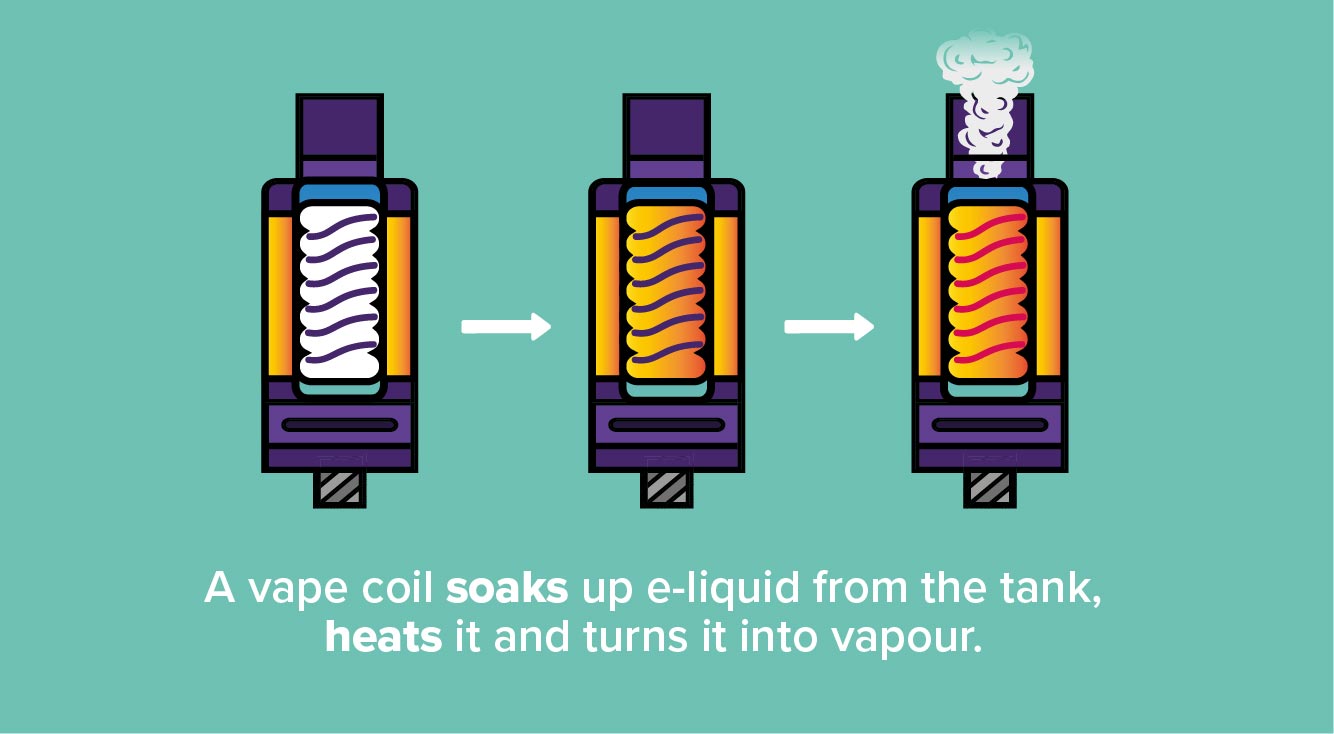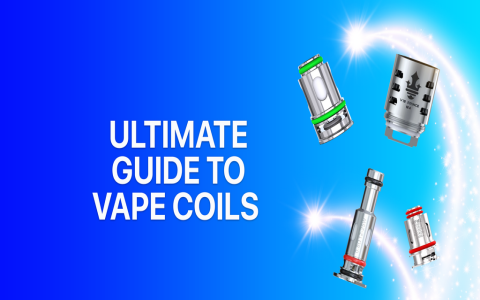Coil electronic cigarettes, often shortened to coil e-cigarettes, pertain to the heating element within a vaping device responsible for vaporizing the e-liquid. Here’s a breakdown:
Coil Types
- Resistance Wire: Typically made of Kanthal, NiChrome, or Stainless Steel. Resistance determines the coil’s heat-up speed and vapor production. Lower resistance (sub-ohm) generally leads to more vapor.
- Mesh Coils: Utilize a fine mesh sheet instead of a wire. They offer larger surface area for even heating and enhanced flavor.
- Ceramic Coils: Employ ceramic materials, known for their longevity and clean flavor profiles.
Coil Function
The coil heats up when the e-cigarette’s battery sends electricity through it. The heated coil then vaporizes the e-liquid that is saturated into the wicking material (usually cotton) surrounding the coil.

Coil Maintenance & Replacement
Coils degrade over time due to residue buildup from vaporized e-liquid. Signs of a failing coil include:
- Burnt taste
- Reduced vapor production
- Leaking e-liquid
Regular coil replacement is crucial for optimal vaping experience. Replacement frequency depends on usage, e-liquid type, and coil quality.
Factors Affecting Coil Life
- E-Liquid Sweetness: Sweeteners in e-liquids caramelize on the coil, leading to faster degradation.
- Chain Vaping: Continuous vaping without allowing the coil to cool can shorten its lifespan.
- Priming: Properly saturating the coil with e-liquid before initial use (priming) prevents dry hits and extends coil life.
Safety Considerations
Always use coils compatible with your specific e-cigarette device. Using incompatible coils can lead to malfunction or safety hazards.








